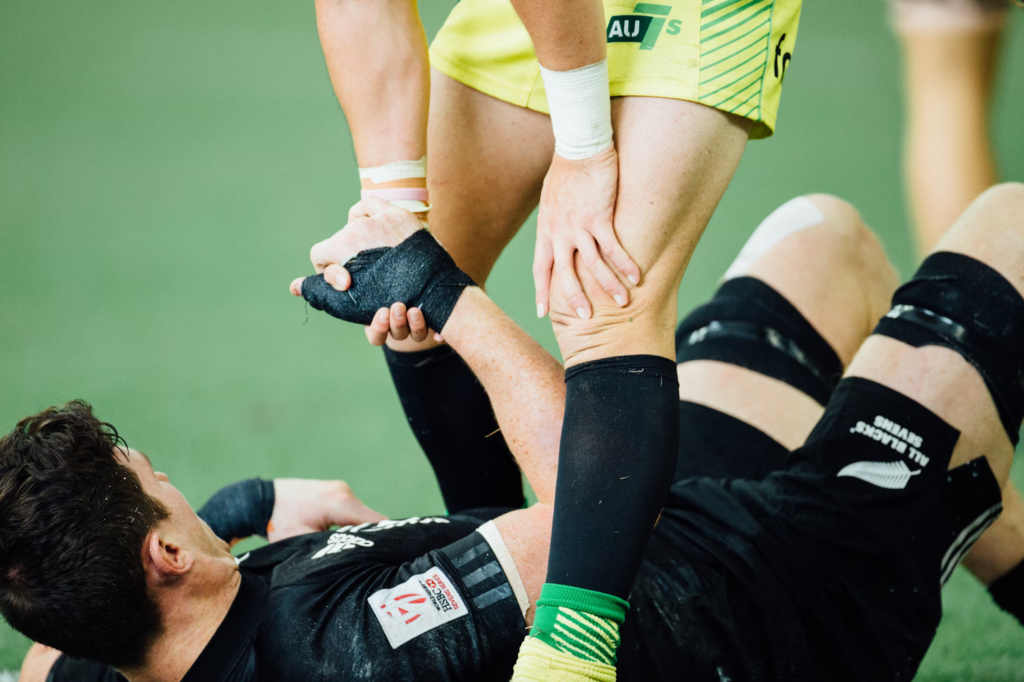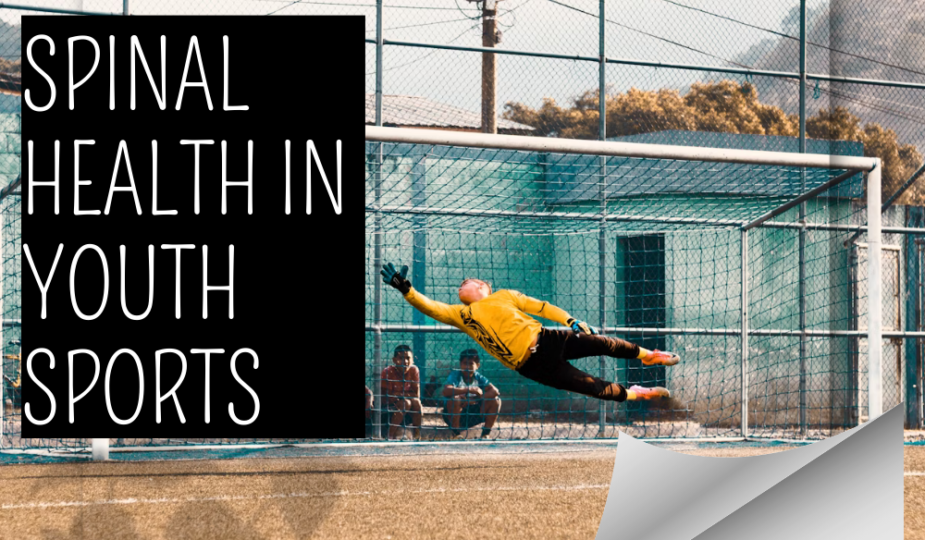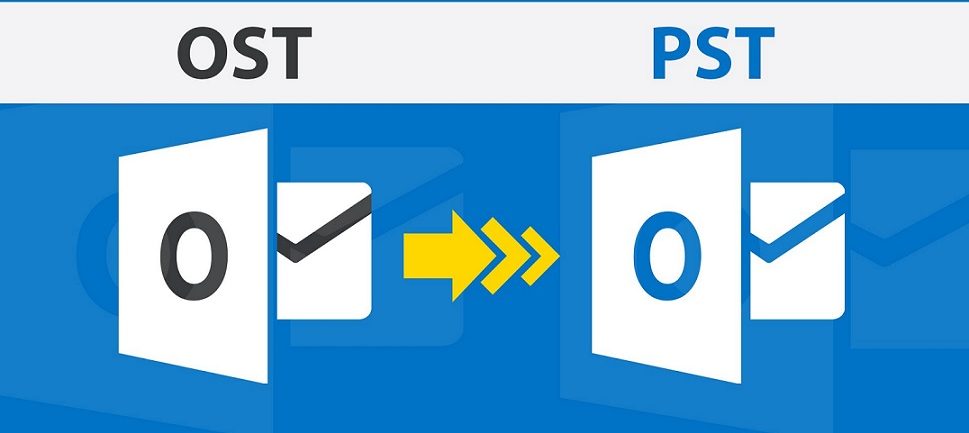The spine, a marvel of engineering within the human body, plays a pivotal role in every athlete’s performance, especially in the realm of youth sports. The significance of maintaining spinal health cannot be overstressed, given the alarming statistics and real-life stories of young athletes facing spinal injuries. This article delves into the essence of spinal health, emphasising the need for injury prevention, the importance of proper training, and the critical role of early detection.
Spinal injuries, ranging from minor strains to severe conditions, can drastically alter a young athlete’s career and life. The journey towards recovery not only tests physical endurance but also mental resilience, highlighting the necessity of a proactive stance on spinal health. Ignoring symptoms of spinal problems can lead to worsening conditions and permanent damage. It’s a narrative that extends beyond healing, advocating for preventive measures to shield young athletes from potential harm.
This narrative serves as a collective call to action for athletes, parents, coaches, and medical professionals. By fostering a culture that prioritises spinal health, we can ensure a safer sporting environment for our youth. It’s about enabling them to chase their dreams without the looming threat of spinal injuries, ensuring the spine remains the strong pillar it’s meant to be.
Spotlight on Spinal Injuries
Understanding the spectrum of spinal injuries is the first step towards prevention. These injuries can vary widely, from spondylolysis, a stress fracture in the vertebrae, to herniated discs causing significant discomfort and limiting performance. Physical therapy can improve spinal health by strengthening core muscles, increasing flexibility, and reducing pain. Each injury carries its own set of challenges, underscoring the importance of awareness and preventive strategies.
The impact of these injuries goes beyond the physical realm, affecting mental health and academic performance. The path back to sports is not just a physical recovery but a mental battle, requiring a support system that understands the intricacies of such injuries. It’s a testament to the resilience of young athletes and the need for a supportive environment that fosters recovery and growth.
Prevention is paramount. By understanding the types of spinal injuries and their impacts, we can collectively work towards minimising risks. This requires a concerted effort from coaches, parents, and athletes to create a sporting environment that prioritises safety and well-being over short-term achievements.
Mastering Prevention
Proper training techniques are at the heart of preventing spinal injuries. Coaches have a pivotal role in instilling these techniques, ensuring young athletes build a solid foundation that supports their sporting endeavours. It’s about emphasising form and function, teaching athletes to listen to their bodies, and understanding the limits of their physical capabilities.
Protective equipment also plays a crucial role in injury prevention. The right gear, tailored to each sport and each athlete, can significantly reduce the risk of spinal injuries. It’s not just about having the equipment but ensuring it’s used correctly and consistently, reinforcing the safety net it provides.
Awareness and education are key components of prevention. Athletes, parents, and coaches must be well-informed about the risks associated with their sport and the importance of rest and recovery. Eric Post’s insight, “Specialisation at an early age is not really necessary to play at that elite level. It actually is associated with worse outcomes in terms of injury and burnout from sport,” underscores the need for a balanced approach to training and specialisation in youth sports.
The Power of Early Detection
Early detection of spinal issues can be a game-changer in preventing serious injuries. Regular check-ups and being attuned to symptoms such as persistent back pain or numbness can lead to early intervention, significantly improving outcomes for young athletes. It’s about taking immediate action, consulting healthcare professionals at the first sign of discomfort, and understanding the importance of timely responses.
Advancements in diagnostic technology have revolutionised the way we approach spinal health, making it easier to identify issues before they escalate. These tools are invaluable in ensuring young athletes can continue their sports with minimal interruption, highlighting the importance of regular screenings and medical check-ups.

Minimally Invasive Solutions
In the landscape of spinal health, minimally invasive procedures have marked a significant advancement. Dr Timothy Steel, with over two decades of experience in neurosurgery and spine surgery, has been instrumental in this evolution. His expertise in minimally invasive neurosurgical spinal operations has enabled young athletes to return to their sports with minimal recovery time, showcasing the potential of modern medical techniques to enhance the quality of life for athletes facing spinal issues.
Dr Steel’s approach, focusing on individual patient care and meticulous surgical techniques, ensures optimal outcomes for young athletes. His work not only alleviates pain and restores function but also minimises the impact of surgery, allowing for quicker recoveries. This highlights the importance of specialised care in treating spinal injuries, offering hope and solutions for young athletes.
Injury Prevention Strategies
Dr Neeru Jayanthi’s research has been pivotal in highlighting the importance of injury prevention in youth sports. His focus on tennis-related injuries provides valuable insights applicable across various sports. By understanding the common causes of injuries and implementing targeted prevention strategies, we can significantly reduce the risk of spinal issues in young athletes.
Dr Jayanthi emphasises the importance of diversifying an athlete’s training regimen, cautioning against early specialisation. This approach not only enhances overall athletic ability but also reduces the risk of overuse injuries. Sophia Vitas’s observation, “I see pretty often, especially in the rowing world, that parents want to get a competitive edge with their kids getting college scholarships,” reflects the pressures young athletes face, underscoring the need for a balanced approach to training and competition.
Paediatric Sports Medicine
Dr Lyle Micheli’s contributions to paediatric medicine have been invaluable in advancing the treatment and prevention of sports-related injuries among young athletes. His comprehensive approach, combining innovative treatment methods with proactive prevention strategies, has set a new standard in the care of young athletes.
Dr Micheli’s work emphasises the unique needs of young athletes, advocating for training programs that accommodate their developmental stages. This approach minimises the risk of spinal injuries and ensures a healthy progression in their sporting careers, highlighting the importance of specialised care in paediatric medicine.
Empowering Parents and Coaches
Parents and coaches are crucial in supporting the spinal health of young athletes. By creating a safe training environment and fostering open communication, they can ensure young athletes feel supported in their physical and emotional well-being. Education is vital, empowering them to make informed decisions that prioritise the athlete’s health.
Encouraging rest and recovery is essential. Young athletes often feel pressured to push through pain, but it’s crucial for parents and coaches to advocate for their health, emphasising the long-term benefits of proper rest and recovery. This approach not only protects young athletes but also educates them on the importance of listening to their bodies.
Read: Why Damages are the Most Important Element in Personal Injury Law
Building a Culture of Safety
Creating a culture of safety within youth sports organisations is fundamental to protecting young athletes from spinal injuries. This involves implementing effective policies and practices that prioritise the health and safety of all participants. Clear guidelines for training, equipment use, and injury management are essential in establishing a safe sporting environment. Several nursing specialties focus on providing care for patients with spinal cord injuries, chronic pain, or undergoing spinal surgeries.
Collaboration among coaches, medical professionals, parents, and athletes is key to fostering this culture of safety. By working together towards the common goal of safeguarding spinal health, we can ensure a safer and more supportive environment for young athletes to pursue their sporting ambitions.
A Unified Call to Action
Protecting the spinal health of young athletes is a shared responsibility. By adopting the strategies and practices discussed in this article, we can create a safer sporting environment for our youth. It’s about taking proactive steps to ensure the spine, the pillar of our physical being, remains strong and healthy, supporting young athletes in their journey towards achieving their full potential.
Let’s embrace this challenge with determination and compassion, making spinal health a priority in youth sports. This article serves as a reminder of the importance of spinal health and a guide for taking action. Together, we can ensure that young athletes can chase their dreams with confidence, knowing they are supported by a community committed to their health and well-being.










